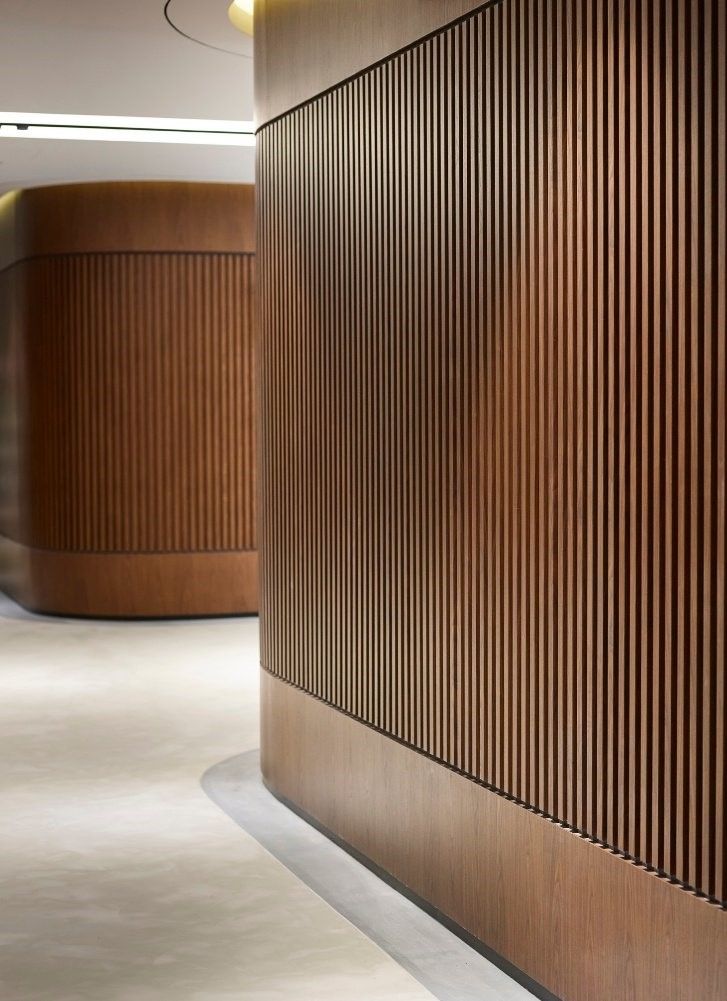Building a Retaining Wall on a Budget: The Cheapest Materials to Consider

Retaining walls are essential structures that help prevent soil erosion and provide support to sloping landscapes. They are commonly used in residential and commercial properties to create level surfaces for gardens, patios, and driveways. However, building a retaining wall can be a costly investment, especially when it comes to choosing the right materials. In this blog post, we will explore the cheapest material for retaining walls and its benefits.
The cheapest material for retaining walls is concrete. Concrete is a durable and long-lasting material that can withstand harsh weather conditions and heavy loads. It is also readily available and easy to work with, making it a popular choice for retaining walls. Concrete blocks are a cost-effective option for building retaining walls, as they are precast and require minimal labor for installation. They come in various shapes and sizes, allowing for flexibility in design.
Another affordable option for retaining walls is treated timber. Treated timber is a type of wood that has been chemically treated to resist decay and insect damage. It is a popular choice for retaining walls because it is easy to work with and has a natural look that blends well with outdoor environments. Treated timber is also a sustainable option, as it is sourced from renewable forests.
Gabion walls are another cost-effective option for retaining walls. Gabion walls are made of wire baskets filled with rocks or other materials. They are easy to install and require minimal maintenance. Gabion walls are also environmentally friendly, as they are made of natural materials and allow for the growth of vegetation.
In conclusion, the cheapest material for retaining walls is concrete, followed by treated timber and gabion walls. Each material has its own benefits and drawbacks, and the choice ultimately depends on the specific needs and budget of the project. When choosing a material for a retaining wall, it is important to consider factors such as durability, aesthetics, and environmental impact.



